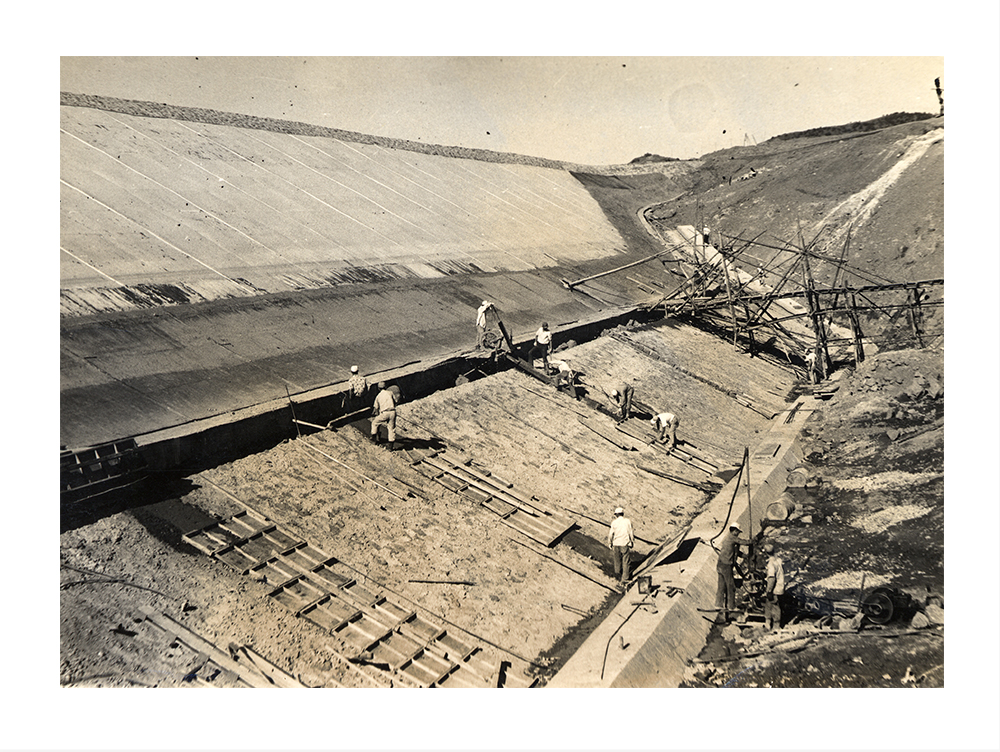 Eoseungsaeng Reservoir
Eoseungsaeng Reservoir
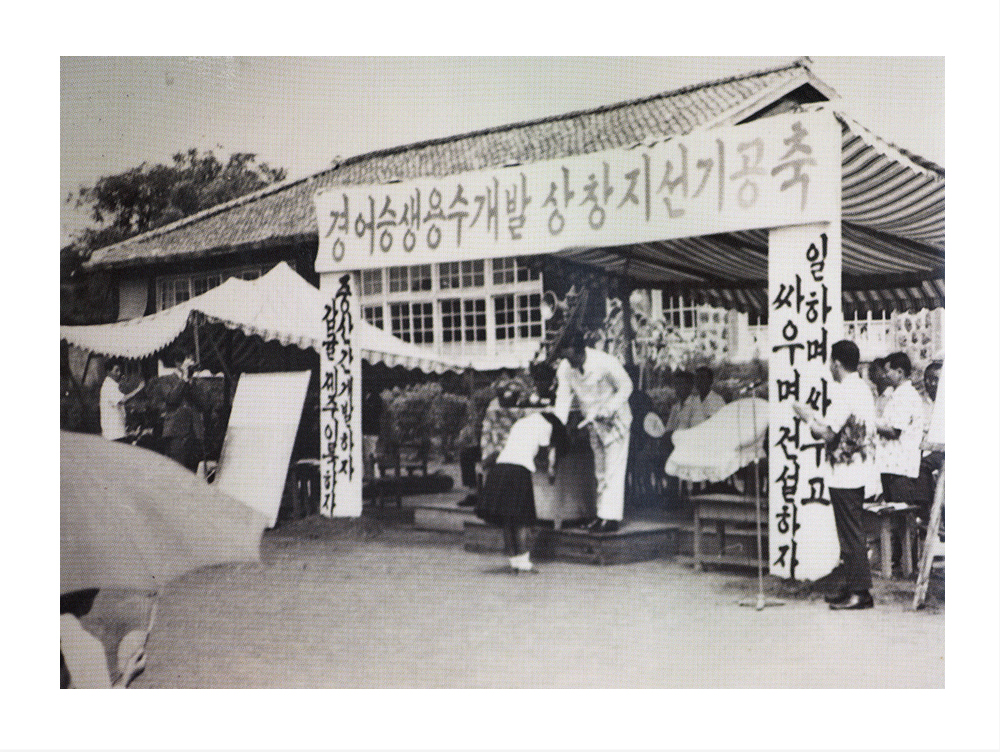 Construction of Eoseungsaeng water development pipeline (1969)
Construction of Eoseungsaeng water development pipeline (1969)
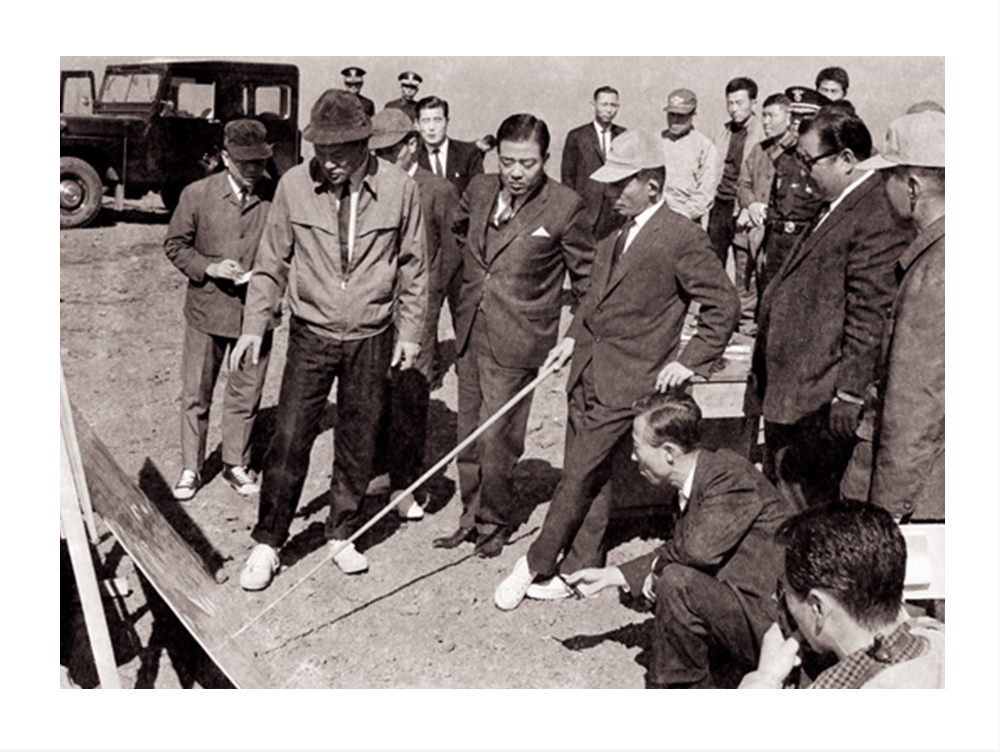 President Park Chung-Hee’s visit to Eoseungsaeng
President Park Chung-Hee’s visit to Eoseungsaeng
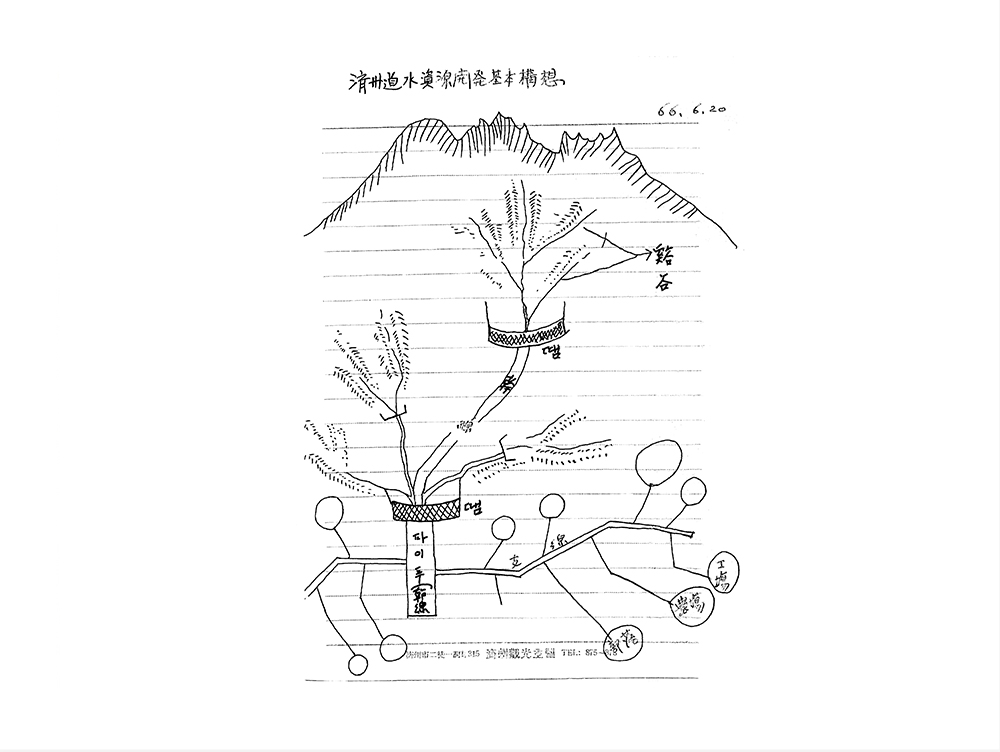 A sketch of President Park Chung-Hee
A sketch of President Park Chung-Hee
Before Korea achieved independence in August 1945, Seogwipo Jeongbang, Hogeun, and Sanghyo were the only three areas in Jeju that had a temporary sewage system. People had to carry drinking water in a Mulheobeok until Jeju’s first modern sewage system called Geumsansoowon was introduced in August 1957. Following the development of Geumsansoowon, Sancheongdan and Yeonanji temporary water supply system construction, Eoseungsaeng reservoir develompent project, Oedocheon and Gangjeongcheon streams water source development project, Seorim and Ongpo water source development project, and groundwater well development projects were carried out from the 1960s, gradually solving the water shortage problem in Jeju. The island achieved 99.9% of water supply system implementation rate in 1985. In particular, Eoseungsaeng reservoir development project kicked off when Jeju Water Resource Development Plan was personally drafted by President Park Chung-Hee, and the issue of water shortage in Jeju’s mid-mountain area was fully solved after completing the construction of a reservoir with a capacity of 100K tons in December 1971.
Groundwater development
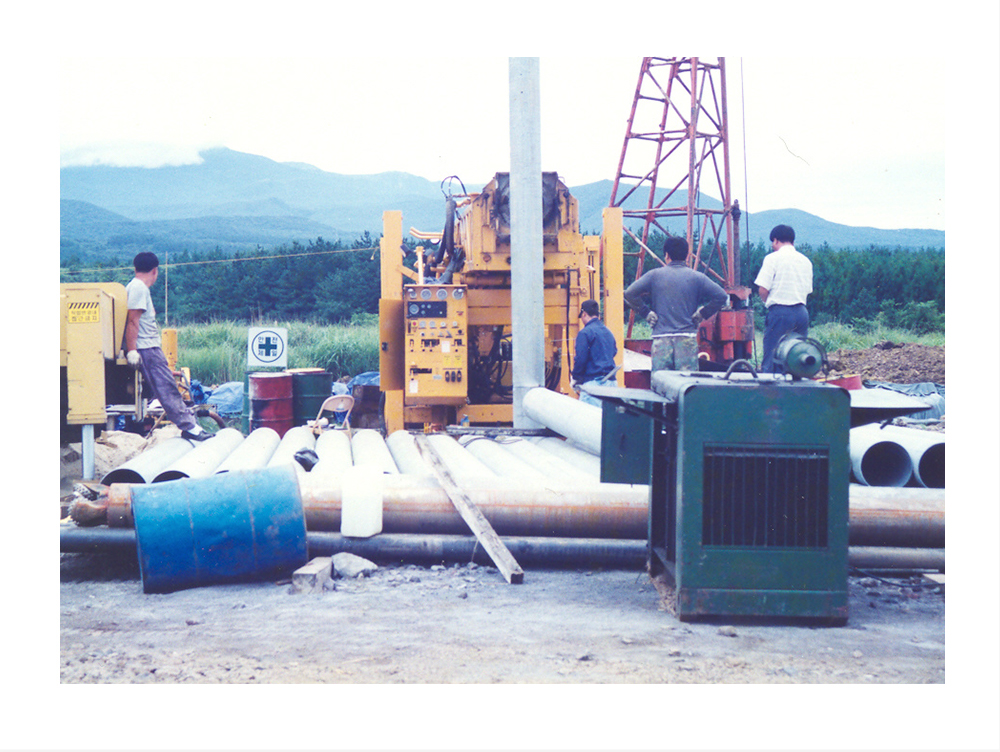
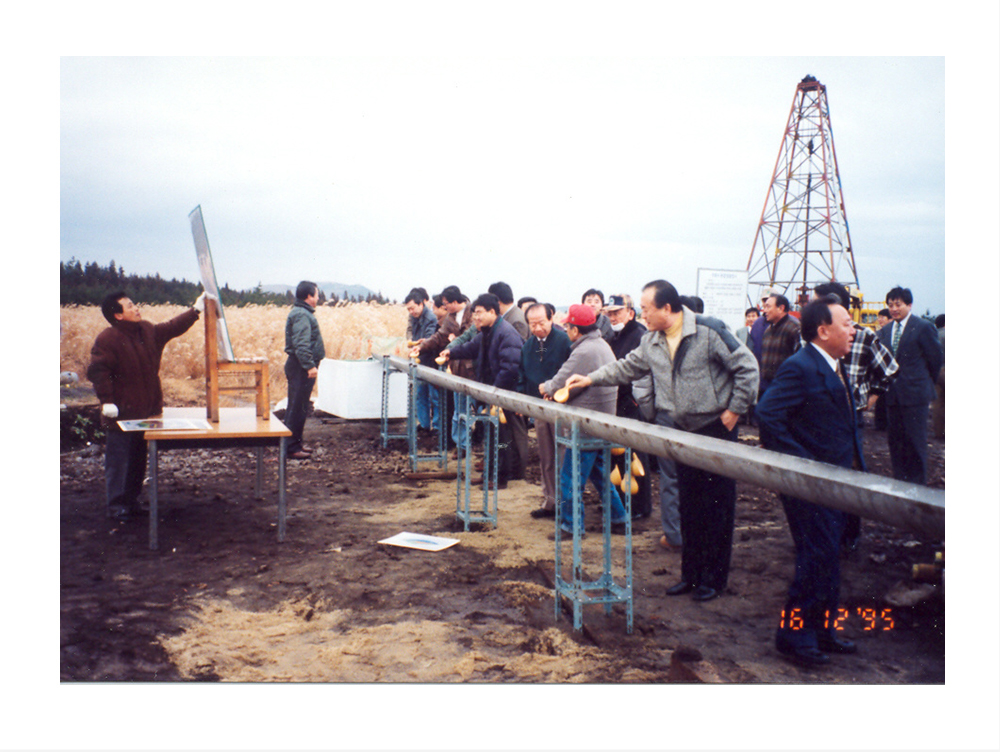
After the success of Jeju’s first-ever groundwater development project in Susan-ri, Aewol-eup in November 1961, groundwater development projects were conducted in 59 different sites until 1967. Despite the efforts, only 18 of the projects yielded successful results while the others failed because the well drilling machines couldn’t drill deep enough. Introducing high-performance drilling machines in 1970 kick-started groundwater development in Jeju, ultimately revolutionizing the island’s water development and solving the long-lasting and chronic problem of water shortage.


 EN
EN

